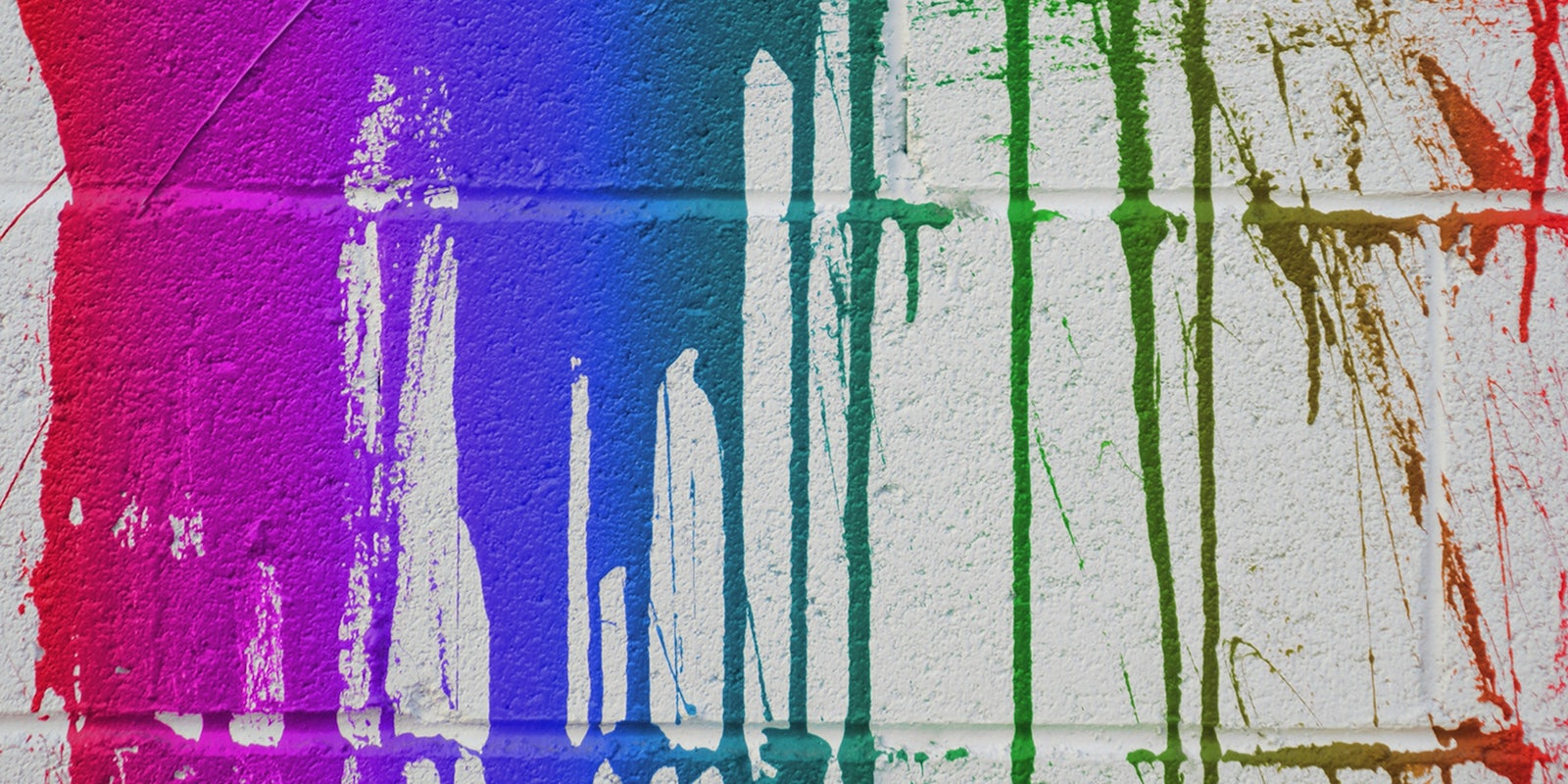Try as I might, high school wasn’t long enough ago for me to forget the casual homophobia of hearing “That’s ga-a-ay” on a near-daily basis. It stung at first, but became little more than a casual irritation after a while. But despite its hateful use, I never considered the word “gay” a slur — when I came out, I wore it as a badge of pride.
Beyond that and the occasionally sharp “fag,” homophobic language was pretty limited. I certainly never thought twice about “homosexual.” No one said “homosexual.” It’s a technical term and has five syllables. I would have been pleasantly surprised to hear “homosexual.” But apparently, the word “homosexual” “has never been more loaded, more deliberately used and, to the ears of many gays and lesbians, more pejorative.” So sayeth The New York Times, that is.
The Gray Lady wagged her editorial finger at the “h–word,” as its headline called it, in a March 21 trend piece. In the piece, author Jeremy Peters puts together a patchwork of sources to declare that “homosexual” should be firmly declared “out” because many antigay sources have begun to use it as a slur. Some of his quotes even compare the clinical “homosexual” to a term like “colored.”
Now, there’s no doubt the piece is well-intentioned: Even the AP and GLAAD have declared “gay” to be the preferred word. Plus, when the only people still using it are Fox News anchors, the point makes itself. Yet the issue isn’t really with the content of the article—it’s more about the tone.
“For Many Gays and Lesbians, the Term ‘Homosexual’ Is Flinch-Worthy,” the subhead reads. There are no statistics cited to support that word “many,” just a few standards and experts cited on why the word might be “flinch-worthy.” But like I didn’t think of “gay” as a slur despite bad high school experiences with the word, the not all LGBT people consider “homosexual” a slur. I certainly don’t.
The true issue with the piece is in its generalization about LGBT people. The Times has done some incredible work on LGBT issue stories. Its coming-out series alone is absolutely beautiful. So that only makes its need to generalize all the more frustrating.
Certainly, the Times has come quite far on these issues. In a two-part feature for The Advocate in 1992, Michelangelo Signorile detailed the paper’s shift in the early 1990s toward being a more gay-friendly publication. Gone were the problematic headlines of the ’60s—“GROWTH OF OVERT HOMOSEXUALITY IN CITY PROVOKES WIDE CONCERN,” one in 1963 shouted—and, slowly, things started turning around.
In his piece, Signorile wrote that “all manner of gay and lesbian news was suddenly fit to print on the paper’s pages,” from stories about LGBT suburbanites to travel tips for gay Los Angelenos coming to New York. Sure, all the gay-centric stories may have been a bit on-the-nose—“I don’t want any more articles about gays specifically. I’d rather see our visibility permeate the paper at all levels,” said Robert Bray, then communications director of the National Gay and Lesbian Task Force. But both on the Times’ pages and within its offices, there was noted effort to make things right.
Even notably homophobic editor Abe Rosenthal, the one who assigned that ’63 piece, found the editorial light. The man who virtually ignored the AIDS crisis in the ’80s was suddenly saying that “harassment and assault of gay men and lesbians is an illness in our society.”
So yes, the Times’ gay problem currently is merely a shadow of what it once was. Calling what’s happening a “problem” feels disingenuous. But the paper of record, by its very reputation and declaration of self-importance, owes it to its gay readers to hold itself to a higher standard than gross generalization.
Beyond that, there’s even lazy editing that has no place in a post-Dr. V world. For example, in media columnist David Carr’s most recent column about the risks news outlets take by focusing on traffic metrics, he asks, “Will an oppressive emphasis on ‘click bait’ mean that the news ends up imprisoned by transgendered models posing in disgraceful listicles accompanied by kidnapped nude kittens?”
“Transgendered” isn’t just the incorrect term according to GLAAD; it’s also incorrect AP style. Using that term in a joke is a sloppy, unnecessary mistake. It was also a serious misstep for the same columnist who once declared that “the culture has moved on” from caring about sexuality.
What can be done to completely right the ship? It’s simple: writers for the Times need to remember that the generalizations that don’t work when covering any other subject also do not work here. Gay is not a trend to be followed—it is simply a characteristic of a group of people just as worthy of detailed reporting and proper editing as any other.
The culture can’t start moving on until it remembers that.
This article was originally featured on The Advocate and republished with permission. Kevin OKeeffe writes for The Advocate and other sites about pop culture, arts, and LGBT issues. Follow him on Twitter @kevinpokeeffe.
Photo by Fresh Frame Foto remix by Jason Reed (CC BY 2.0)


